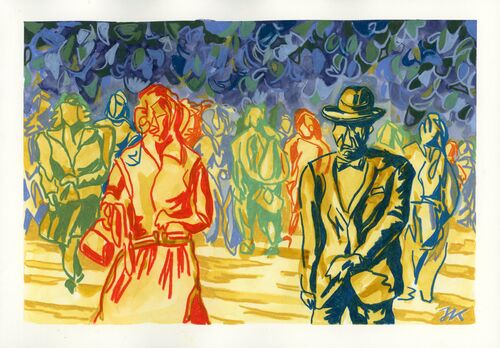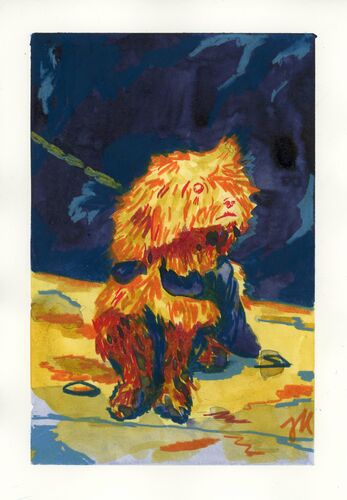
More on the subject Interviews

Art in the greenhouse
On September 6, the first »Art Night« will take place in Langenfeld: Three artists will present their work in a greenhouse on just one evening. Among the exhibitors is Annette Velten, who is taking part in the Art.Salon artist program.

»Women in Art History«: A book project makes a clean sweep
The work of visual artist Sibylle Zeh is multifaceted: her portfolio encompasses a wide spectrum of artistic expression, from paintings and drawings to book objects, photo series and collages to textile objects and installations. The Berlin resident usually concentrates in her work on the representation of the »absent« or the »repressed«.
Dive deeper into the art world
The materiality of color
Verónica Lehner literally brings color into space. By creating sculptures out of paint, she moves between the media of painting and sculpture. In an interview with Art.Salon, the artist talks about the spatial effect of color and why randomly found objects are an ideal basis for a work of art.
Like a love poem: Robert Frank's experimental photo book
Robert Frank was an influential photographer of the 20th century. In Robert Frank: Mary's Book, the Museum of Fine Arts Boston presents a very personal photo book from the artist's younger years. The show opens on December 21.
























